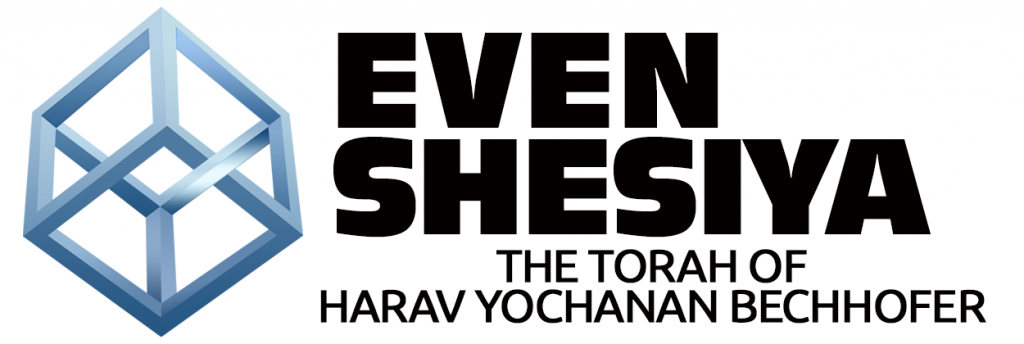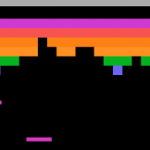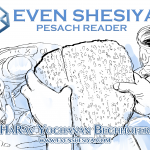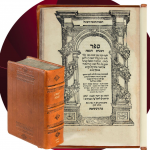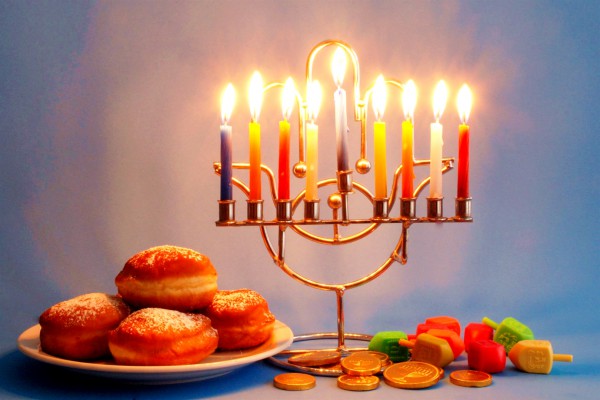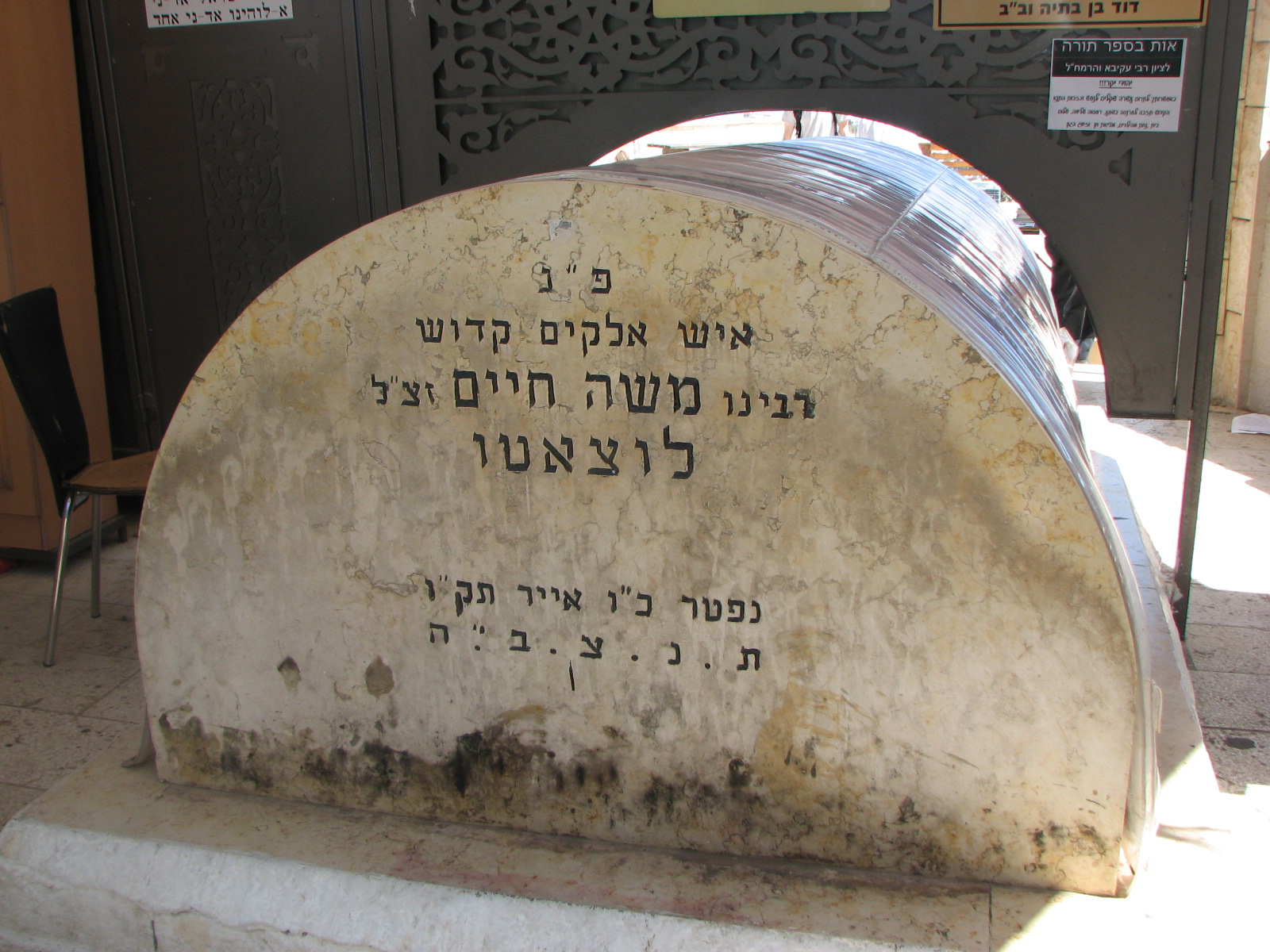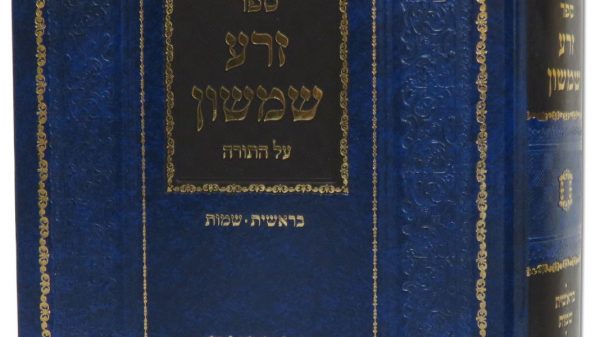Click here to download PDF
Contradiction in Rashi
The Gemara (Yevamos 72A) explains that the reason the Jewish people did not do Bris Milah in all the years that they were in the desert is because they did not have a northern wind, because they were in disgrace. Rashi explains that they were in disgrace because of the sin of the golden calf. Tosfos (there D”H Nezufin) disagrees and raises the simple problem that this cannot be the case because Hashem said, “I Forgive” and took the Jewish people back after the sin of the golden calf by building the Mishkan and putting the Divine presence in their midst. Amazingly, Rashi himself writes the same as Tosfos on the first Pasuk in our Parsha on the words “Mishkan Ha’Eidus”- the Mishkan of testimony Rashi explains: “because it attests to Klal Yisroel that Hashem is willing to forego the sin of the golden calf as He put His Shechina in their midst”. How do we explain Russia’s position in the Gemara in light of the questions raised by Tosfos and in direct contradiction to Rashi himself in our Parsha?
What’s a “Mishkan Ha’Eidus”?
The Midrash Rabba offers another interpretation for the extra words “Mishkan Ha’Eidus”- Mishkan of testimony. The Midrash references last week’s Parsha where the Torah says that the Jews brought way more than was required to build the Mishkan as the Pasuk sums it up (36:7) “…. it was “Dayam”- enough for all the work, “v’hoser” – and more”. Moshe asked Hashem what he should do with the extra resources donated. Hashem said to make a “Eidus l’Mishkan” – a testimony for the Mishkan. The commentaries explain that it was some type “containment” for the Aron and Luchos. Even if refunding the extra is not an option because it is already “Hekdesh”, why couldn’t they just keep it in reserves to fix or replace anything that would break in the future or to save towards building the future Beis HaMikdash? Why did they have to use the extra to make this object called the “Mishkan Ha’Eidus”? What was the function of this “Mishkan Ha’Eidus”- and is there a connection that the same words that allude to this object also allude to Hashem foregoing the sin of the golden calf?
Quick fix or not?
Regarding the sin of the golden calf there is a paradox we have to deal with. O the one hand there is no denying that Hashem took us back and had the Mishkan built for the Divine presence to dwell amongst us and yet we find that the pasuk (32:34) says that the punishment for the golden calf will be defrayed in course of all the generations. Have we fixed all the ill effects of the sin of the golden calf? We regressed to the level of humanity after the sin of Adam and our whole relationship to the Torah has shifted (See Even Shesiya parshas Ki-Sisa 5779 “breaking light into sound”). This is a paradox in Teshuva per se: Does Teshuva work instantly and unconditionally or does it takes time and require Yom Kippur and/or afflictions or even death? Does it require Korbanos or punishments when prescribed? One might think that it’s a Machlokes and all the contradictory statements are simply different opinions – but this is not the case! The Rambam brings all the “contradictory statements” -He brings statements about Teshuva alone fixing everything in one instant even with a thought (see Hilchos Teshuva: 1:3, 2:1, 7:6-7, Hilchos Ishus 8:5). However the Rambam himself brings plenty of statements that Teshuva alone is not enough and also requires whatever sacrifices and punishments are prescribed (Hilchos Teshuva 1:1) or that in absence of the sacrifices and punishments Teshuva for any transgression of a negative commandment requires Yom Kippur and in some cases afflictions also and in case of Chilul Hashem even death, in addition to all the aforementioned (Hilchos Teshuva 1:4). How do we reconcile all these different statements?
Freeing the Free Will
The Rambam included in Hilchos Teshuva many topics beyond the laws of Teshuva themselves. One of them is his treaties on free will in chapters five and six. Why did he include the discussion on free will in Hilchos Teshuva? My Rebbe Maran HaGaon HaRav Moshe Shapira ZT”L explained: Teshuva is all about fixing our free will! When a person does a sin there are two evils that are perpetrated. There’s the action itself and the damage that it causes. Whether it’s the damage done to your fellow man if you wronged him in any way or the cosmic damage of any sin. Aside from that there’s something even worse: the fact that you chose to do it! That aspect is what makes someone a “bad person” because he chose evil. What we have to do first and foremost is change our “choosing pattern” so that we should never choose evil again. We are to use the power of free will itself to determine our choosing pattern and with that we have atoned for having chosen evil. But there’s another aspect to Teshuva: undoing the damage caused to our fellow man and to the cosmos. The role of Yom Kipur, the Korbanos, and the punishments is to fix the cosmic damage! In this day and age when we don’t have Korbanos and punishments the cosmic damage and contamination is burnt out of reality through the afflictions that the sinner suffers! With this we can reconcile all of the different Rambams: Teshuva works instantly is in your “conversion of self” from being one who chooses evil to one who chooses good! However, the ill effects of the sin that needs to be healed may take time and involve a procedure of atonement.
Heart in the right place – Body has to catch up
This duality is exemplified by the Teshuva that we did for the sin of the golden calf. The regret and the choice to never do that sin again was complete and concrete differences were made with Hashem giving us the second Luchos, the command to build the Mishkan, and the Shechina dwelling there. However, the cosmic damage is being defrayed and repaired over generations to come! The ill effects of the sin the damage done to us in the world around us is still around until the end of days. Even if we changed ourselves and our choice patterns immediately –we’re still “picking up the pieces” as far as the damage done until the end of time
Enough vs More
This is reflected in the pasuk in last week’s Parsha “…. it was “Dayam”- enough for all the work, “v’hoser” – and more”. This is not an oxymoron, it’s a duality! As the Sfas Emes explains as far as change of heart and change of choice pattern we did total and complete Teshuva! This was reflected by the benevolence of heart when we gave “v’hoser” – even more than what was required. However, regarding the actual construction it was “Dayam” – enough which comes from the root of the word “Dai” which means stop! Hashem accepted our change of heart, but he did not allow us to fix the cosmic damage in one shot, there is a stop order on that because the damage is too great to be fixed by just one generation. Therefore, the Mishkan itself was physically limited in its size and dimensions because there is only a very limited area of “sterile space” on Earth which is clean from the ill effects of the sin of the golden calf and that’s where the Shechina will reveal itself and not throughout the world like originally intended, and like will be in the future. Those physical limitations of the Mishkan represent the limitations on being able to fix the manifest damage – it can only be done little by little in course of time. But the change of heart was fully accepted that’s where the “V’hoser”- extra came from: the benevolent heart of the Jewish people – representing the change of heart.
The Heart awakens
With this we could understand why the extra was not refunded or kept for repairs for any damage that may happen to the Mishkan in the future. The extra was forged into its own object: a “containment” for the holiest of objects – the Aron and Luchos! It was called “Mishkan Ha’Eidus”- the Mishkan of testimony attesting to its own reality of how our hearts could change for the better way above and beyond our ability to fix the damage that we’ve done! With this we understand why this object called the “Mishkan Ha’Eidus”- is alluded to in the same words as the Mishkan was testimony that Hashem is willing to forgo the sin of the golden calf. In what manner did Hashem forgive? He forgave it on the personal level – he doesn’t view us as the type of people that do idol worship anymore. We had a total change of heart – that’s what was forgiven. However, the ill effects of the action are still with us until the end of generations. With this we could understand a midrash in parshas Teruma. The midrash brings the pasuk from shir hashirim “I am asleep but my heart is awake” the midrash says “I’m asleep”– from the sin of the golden calf, “but my heart is awake” – Hashem says “take for me Teruma everyone of benevolent heart [in order to build the Mishkan]” what makes up for the failure of the golden calf is the benevolence of heart to build the Mishkan – not the actual building of the Mishkan! However, what is still incomplete is to have the ill effects of the sin on the body and on the world catch up to our hearts and heal.
Resolving Rashi
With this duality we resolve the “contradiction” in Rashi. Rashi in this week’s Parsha on the words “Mishkan Ha’Eidus”- which refers to the “V’hoser”-extra – is where Rashi says that it is testimony that Hashem is willing to forgo the sin of the golden calf and put his Shechina in our midst. Hashem is willing to dwell with any “good person” even if his actions aren’t in step with his “good heart” – like when we demonstrated that pure heart when building the Mishkan. However, the ill effects of the sin still demand afflictions for cleansing and atonement and that’s why the northern wind didn’t blow for us during the 40 years in the desert – and there is some measure of affliction for the sin in every generation.
Yom Kippur vs Purim
With this we could understand in what way Purim is greater than Yom Kippur. As we know the Tikunei Zohar says that Yom Kippur is a “Yom K’purim” – a day like Purim. Seemingly Yom Kippur is much greater! We feel the tremendous intense awesome Holiness and Yom Kippur is an integral part of our Teshuva process, as per the Rambam quoted before. Yom Kippur is bigger for exactly what its name stands for: the day of atonement – the day of cleansing “… this day will atone for you, to purify you from all your sins, before Hashem you will be purified” (Vayikra 16:30). Yom Kippur fixes the actions much more than Purim does! That’s why when a person is guilty of transgressing a negative commandment he needs Teshuva and Yom Kippur (not Purim) to rectify what he did! Purim is greater in showing the benevolence of heart because on Purim, as a result of the miracle, we did Teshuva out of love and reaccepted the Torah out of love – not out of fear! Purim is greater than your Kippur in “V’hoser” – the Teshuva of the heart.
we’ve mentioned before that in a regular year Purim comes out right after we read Teruma-Titzaveh, the plans for the Mishkan – because Purim is parallel to the Mishkan of the mind and heart. We were in exile without a Mishkan in the days of Purim, but Hashem dwelled in our hearts there in the Persian exile. In this special leap year Purim has qualities of Yom Kippur also because Purim this year comes out after we read Vayahei – Pikudei which discuss erecting the Mishkan in physical actuality in Chodesh Nissan. The special power of Purim in a leap year is that it’s not just in the heart – it’s one step closer to actuality and it also cleans up our physical sides.
Heart Break
It’s brought down in the name of the Chidushei HaRim that the four parshos that we read Shekalim, Zachor, Parah, and Hachodesh always have a break in between them. He says that the function of the break is like Rashi says in Parshas Vayikra: Hashem gave Moshe breaks between parshas to contemplate. It’s a time to contemplate and do Teshuva as the Navi says: “his heart will contemplate and understand, and he will repent!”(Yishayahu 6:10). It is so apropos that this is the week of the “break” (heart) because this week when we read about how Hashem forgave the sin of the golden calf on a personal level and no longer considers us “the type of people that did the golden calf” and that’s with the power of our benevolence of heart. This week is about having a break to activate the heart and contemplate in order to further the feelings of Love of Hashem in preparation for the Grand Teshuva we will do on Purim.
